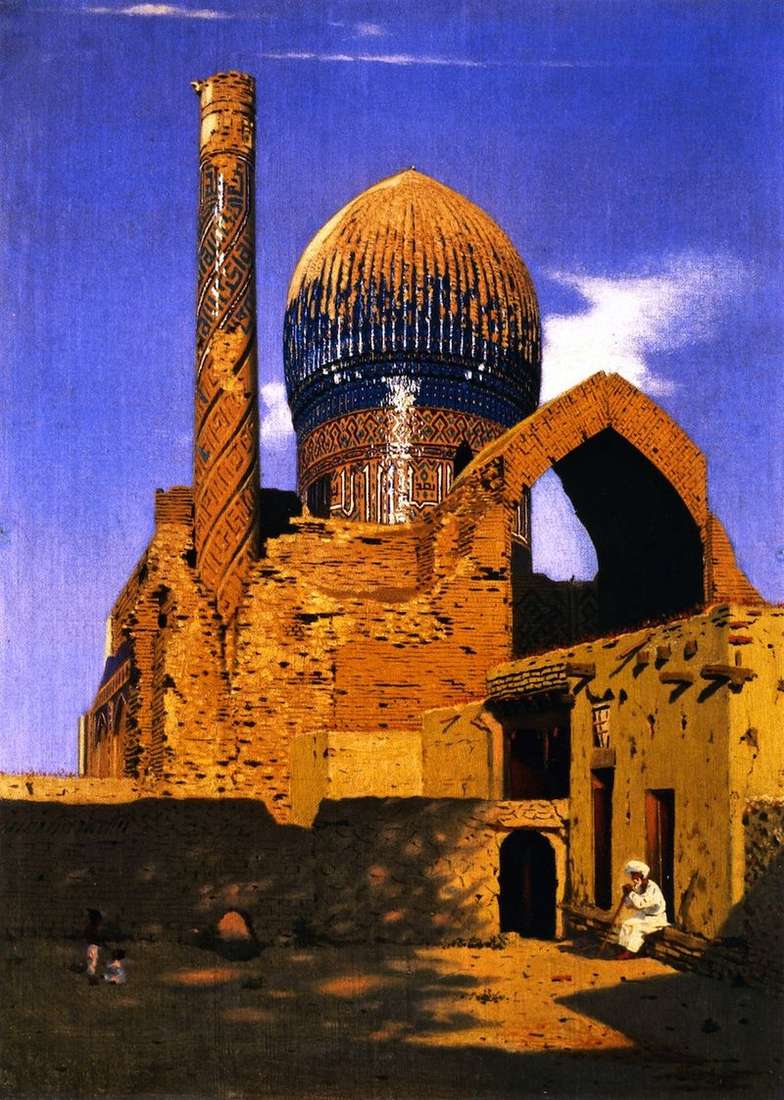
It is characteristic that, constantly working in the open air, Vereshchagin noticed color shadows, and the game of reflexes on objects, and blue tones of air haze, but he passed all this, fearing to “dissolve” architectural forms in air vibration, not purely plein air, but somewhat renewed conditionally-academic way.
He did not yield to the possibility of revealing purely optical sensations of the influence of the environment on objects, so as not to lose with them a clear and clear idea of a specific object of the image.
 Mausolée de Gur Emir. Samarkand – Vasily Vereshchagin
Mausolée de Gur Emir. Samarkand – Vasily Vereshchagin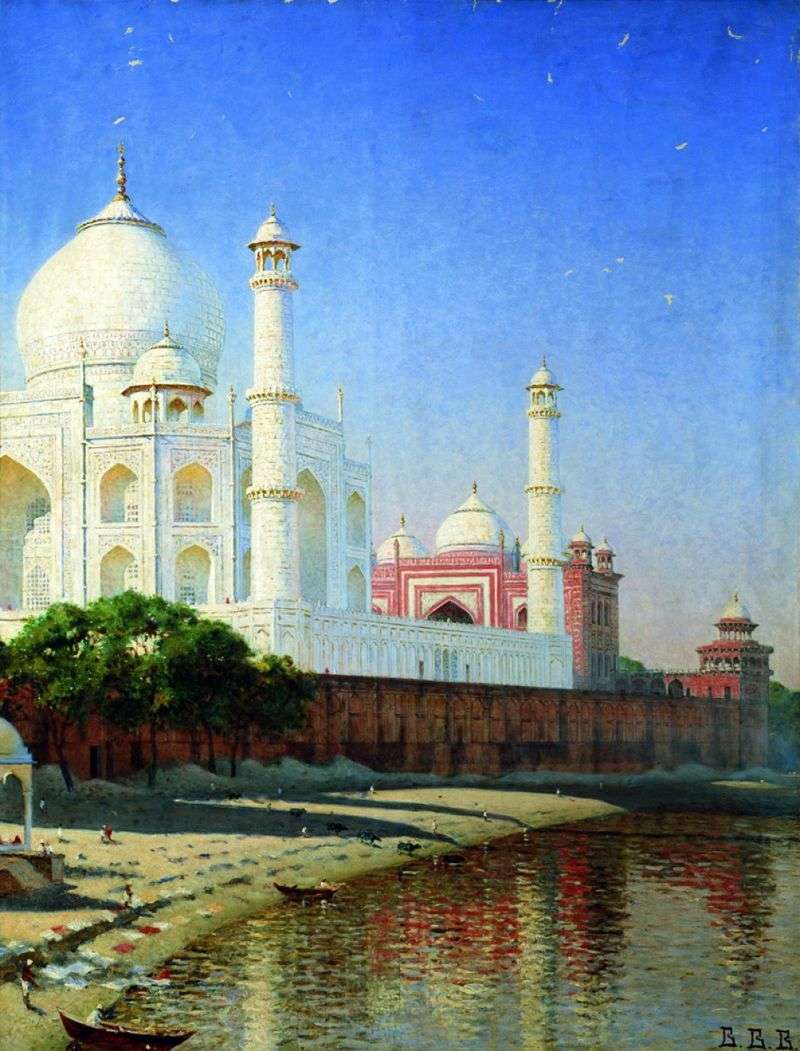 Mausoleum of the Taj Mahal by Vasily Vereshchagin
Mausoleum of the Taj Mahal by Vasily Vereshchagin The Himalayas in the evening by Vasily Vereshchagin
The Himalayas in the evening by Vasily Vereshchagin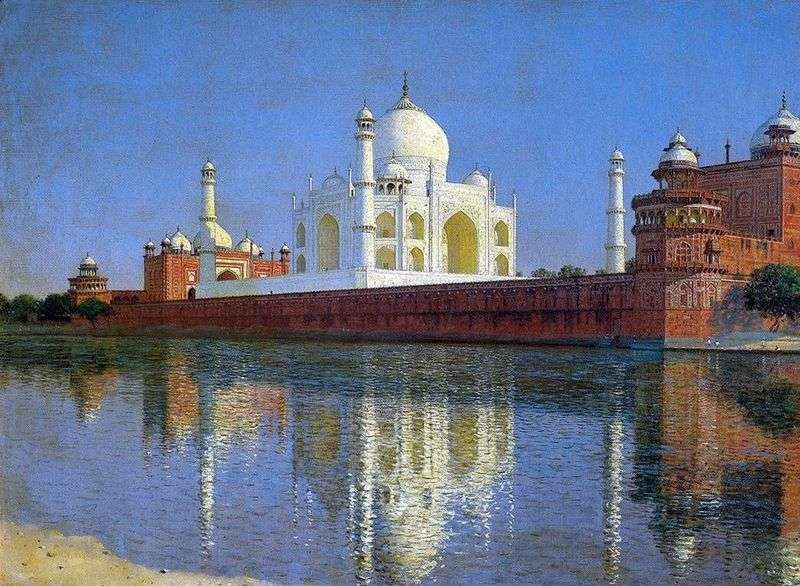 Mausoleum of the Taj Mahal in Agra by Vasily Vereshchagin
Mausoleum of the Taj Mahal in Agra by Vasily Vereshchagin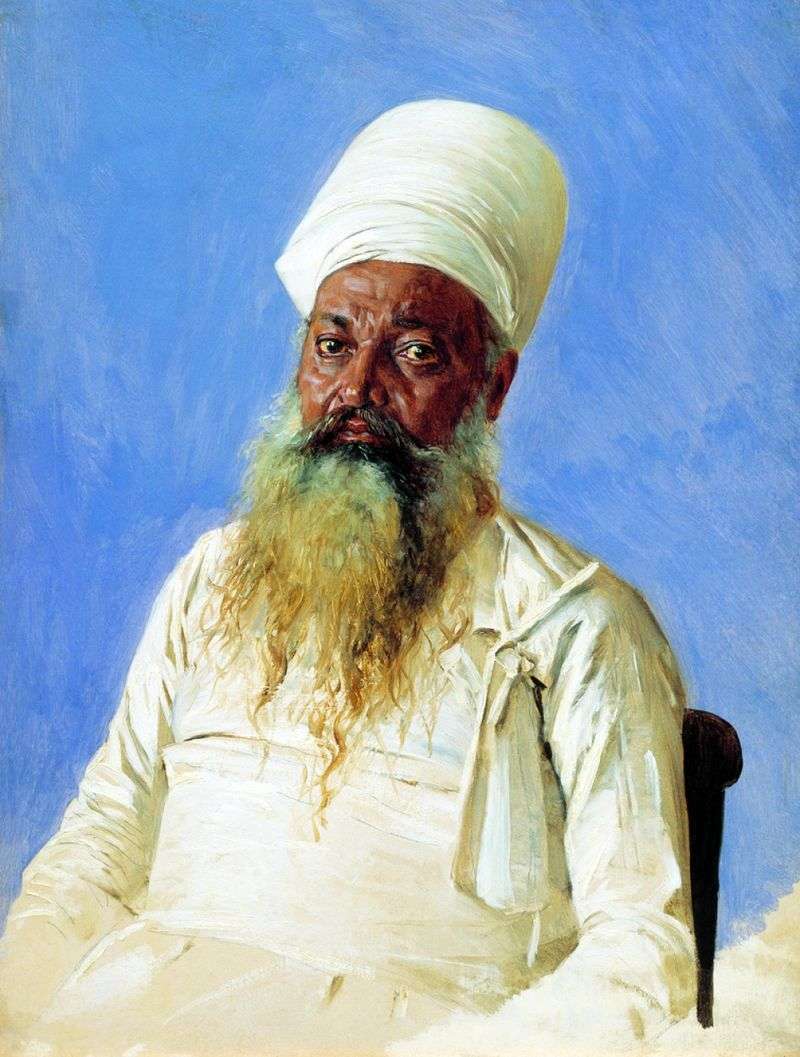 Priest of the Pars (fire-worshiper). Bombay by Vasily Vereshchagin
Priest of the Pars (fire-worshiper). Bombay by Vasily Vereshchagin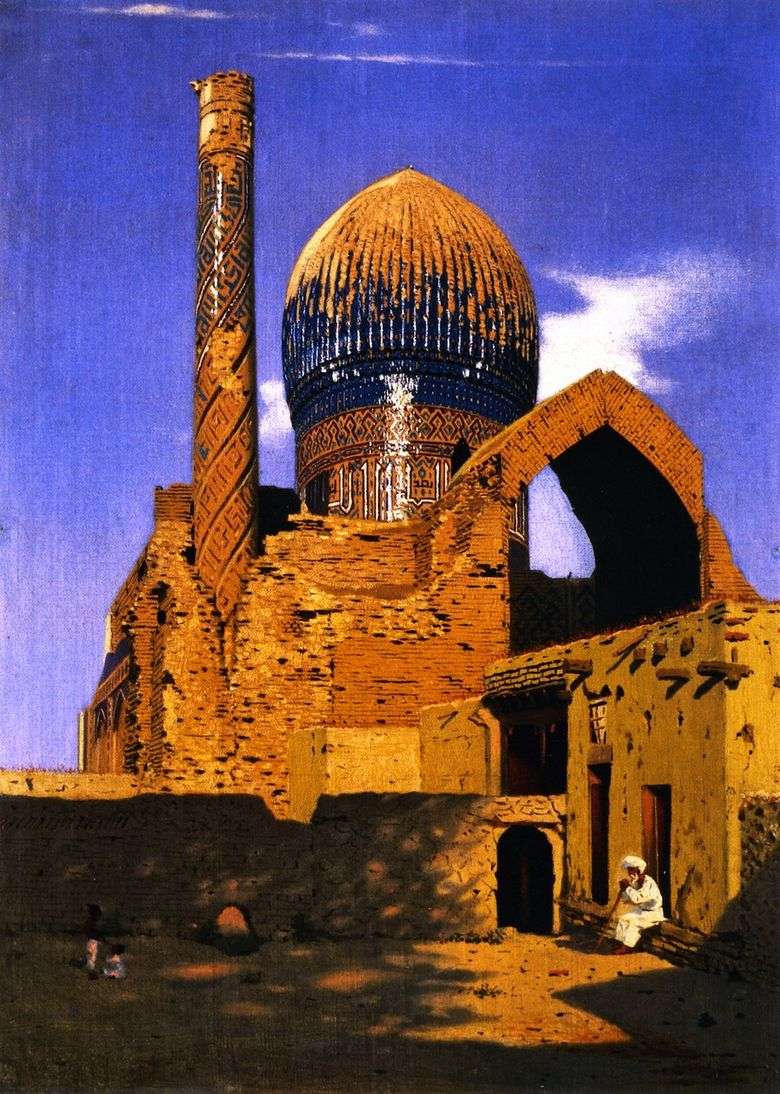 Mausoleo Gur-Emir. Samarcanda – Vasily Vereshchagin
Mausoleo Gur-Emir. Samarcanda – Vasily Vereshchagin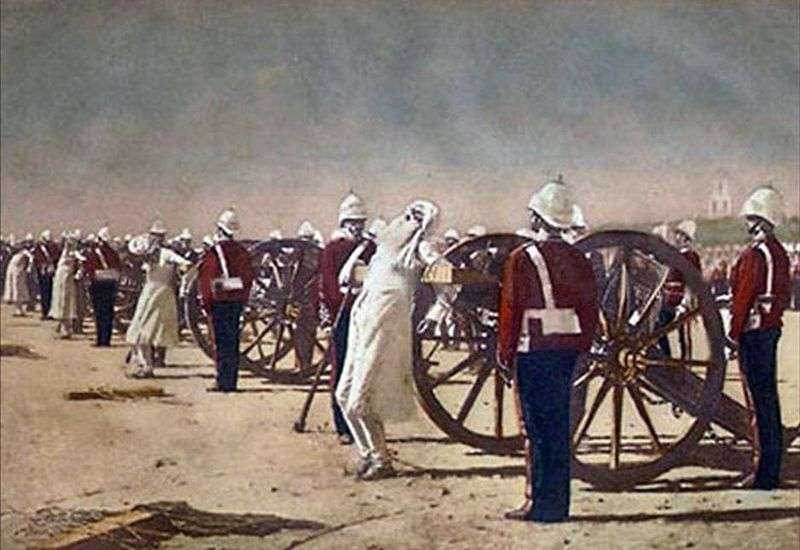 The suppression of the Indian Uprising by the British by Vasily Vereshchagin
The suppression of the Indian Uprising by the British by Vasily Vereshchagin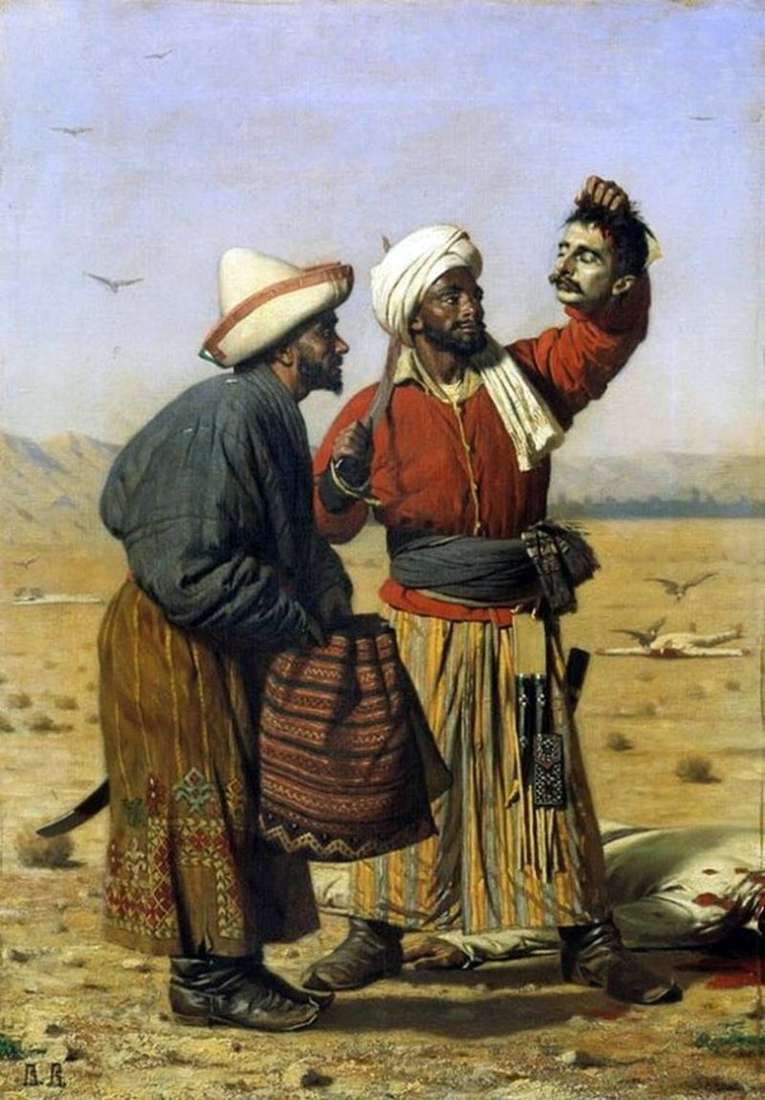 After good luck by Vasily Vereshchagin
After good luck by Vasily Vereshchagin